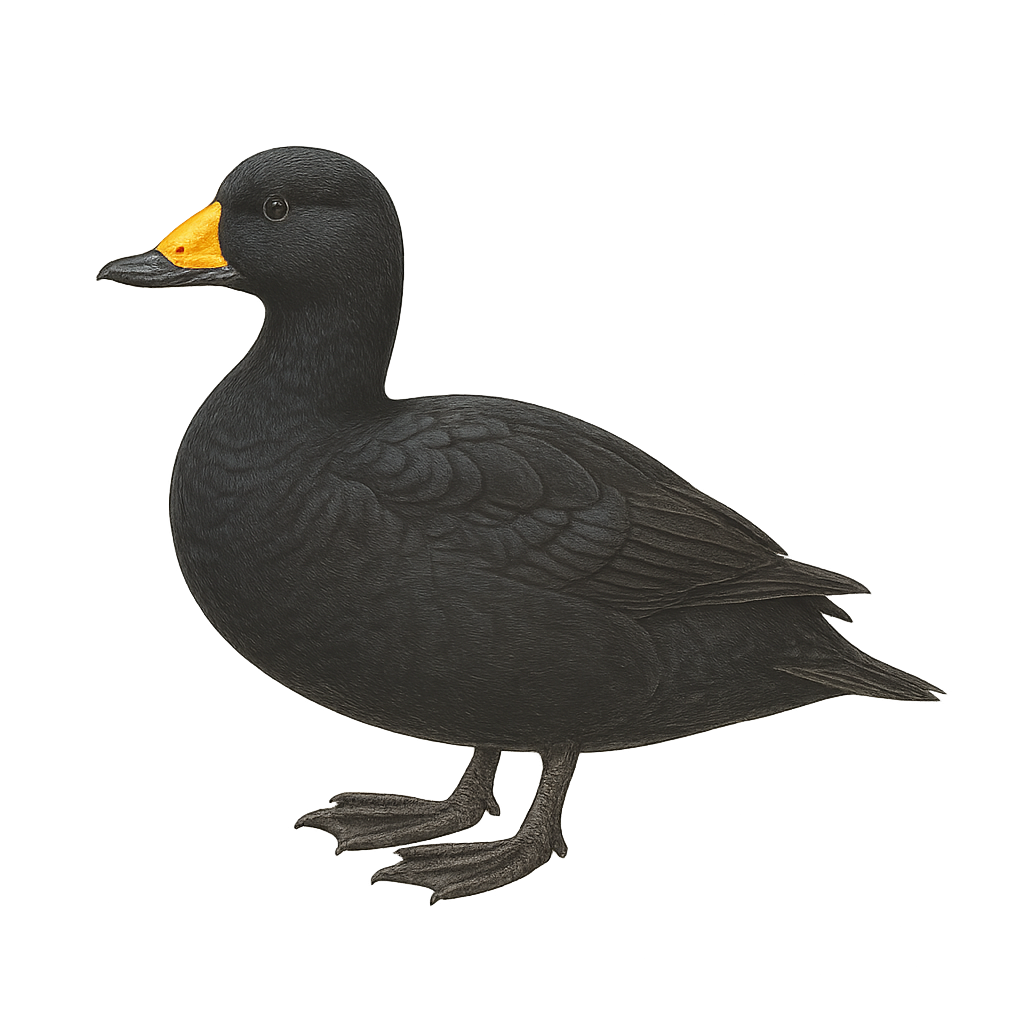Your wildlife photography guide.
Explore the common scoter in detail, study its behavior, prepare your shots.
Where to observe and photograph the common scoter in the wild
Learn where and when to spot the common scoter in the wild, how to identify the species based on distinctive features, and what natural environments it inhabits. The WildlifePhotographer app offers tailored photography tips that reflect the common scoter’s behavior, helping you capture better wildlife images. Explore the full species profile for key information including description, habitat, active periods, and approach techniques.
Common Scoter
Scientific name: Melanitta nigra

IUCN Status: Least Concern
Family: ANATIDAE
Group: Birds
Sensitivity to human approach: Suspicious
Minimum approach distance: 10 m
Courtship display: May to June
Incubation: 25-29 jours
Hatchings: June to July
Habitat:
Coastal areas, lakes, estuaries
Activity period :
Primarily active during the day, with peak activity in the morning and late afternoon.
Identification and description:
The common scoter is a medium-sized diving duck, easily identified by the male's uniform black plumage and the female's dark brown feathers. It primarily inhabits coastal areas and large freshwater bodies. During the breeding season, it is found in northern regions, particularly in Scandinavia and Russia. Its diet mainly consists of mollusks, crustaceans, and small fish, which it catches by diving. The common scoter is a migratory bird, wintering in the milder waters of Western Europe. It is often seen in large flocks, forming rafts on the water.
Recommended lens:
400 mm – adjust based on distance, desired framing (portrait or habitat), and approach conditions.
Photography tips:
To photograph the common scoter, it is advisable to use a telephoto lens of at least 400mm to capture detailed images without disturbing the bird. Look for coastal areas or lakes where these ducks often gather in large groups. The best times to observe them are early in the morning or late afternoon when the light is soft. Be patient and discreet to avoid scaring them, and use a tripod for stable shots.
The WildlifePhotographer App is coming soon!
Be the first to explore the best nature spots, track rutting seasons, log your observations, and observe more wildlife.
Already 1 439 wildlife lovers subscribed worldwide

